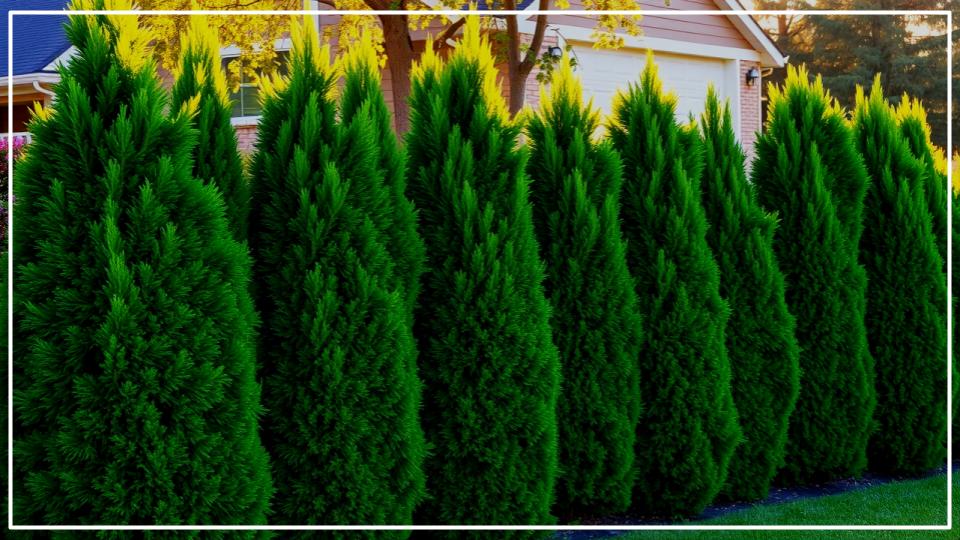
There is a certain magic to a garden that feels like a world of its own. It’s a place to sip your morning coffee in peace, host intimate dinners under the stars, or simply recline with a good book, shielded from the hustle and bustle of the outside world. Creating this sense of seclusion doesn’t require building a fortress. Instead, you can cultivate a living wall with fast-growing hedges for privacy. These vibrant, natural screens not only define your space but also add texture, color, and life to your landscape. This guide will walk you through selecting, planting, and nurturing the perfect hedge to transform your yard into a private retreat, faster than you might think.
Quick Tips for a Thriving Privacy Hedge
Here are the essentials for establishing a beautiful living screen:
- Measure Twice, Plant Once: Before buying, understand the mature height and width of your chosen plant to ensure it fits your space.
- Sunlight is Key: Match your hedge to your yard’s light conditions. Most fast-growers need at least six hours of direct sun daily.
- Soil Preparation Matters: Amend your soil with compost before planting to give your new hedge the best possible start.
- Water Deeply, Not Daily: Encourage deep root growth by watering thoroughly once or twice a week after establishment, rather than light daily sprinkles.
Why Choose a Living Fence?
Opting for a hedge over a traditional fence is a choice for beauty and ecology. These natural screening plants offer far more than just a visual barrier. They can buffer noise, act as a windbreak, and filter dust and pollutants from the air. Furthermore, they provide a vital habitat for birds and pollinators, weaving your garden into the local ecosystem. In my own garden, the cheerful chirping that emanates from our viburnum hedge each morning is a benefit I hadn’t fully anticipated, but now couldn’t live without. A living wall changes with the seasons, offering a dynamic and ever-more-beautiful backdrop to your life.
Selecting the Perfect Fast-Growing Hedges for Privacy
Choosing the right plant is the most critical step. Your success depends on matching a plant’s needs to your garden’s conditions.
- Evergreen vs. Deciduous: Evergreen hedges, like Arborvitae or Laurel, provide year-round screening. Deciduous options, such as Forsythia, will lose their leaves in winter but often compensate with spectacular spring flowers or interesting winter branches.
- Growth Rate: The term “fast-growing” can mean anything from two to five feet of growth per year under ideal conditions. Be realistic about your timeline and maintenance commitment.
- Hardiness Zone: Always select plants rated for your USDA Hardiness Zone to ensure they can withstand your local climate’s winter temperatures.
- Mature Size: This is a point I always stress to fellow gardeners: don’t plant for the size the hedge is today, plant for the size it will be in five years. A common mistake is spacing plants too closely, which leads to overcrowding, poor air circulation, and disease.
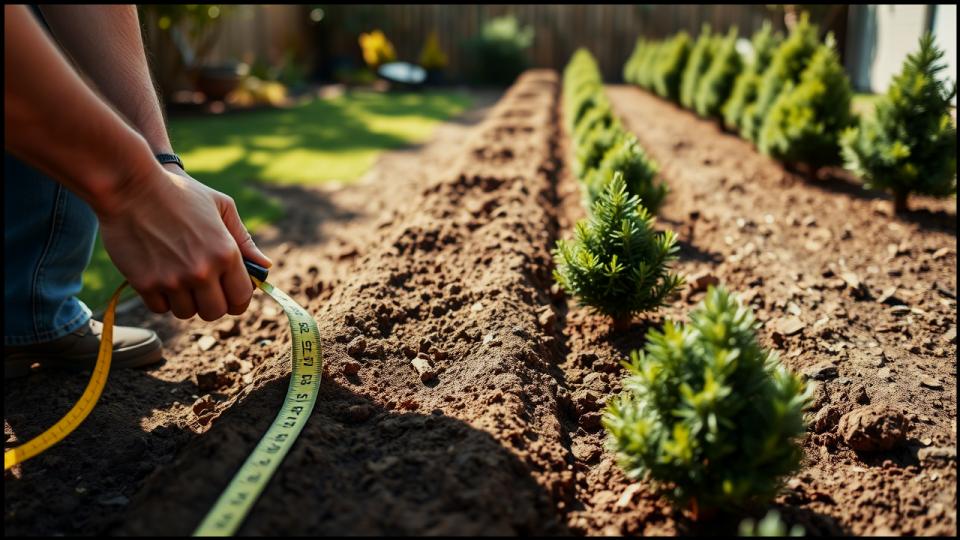
Our Top 14 Picks for Natural Screening Plants
Here are fourteen excellent choices for creating a beautiful and effective privacy screen, ranging from classic conifers to flowering shrubs.
The Ever-Popular Evergreens
Thuja ‘Green Giant’ (Arborvitae)

A powerhouse of the hedge world for good reason. It can shoot up 3-5 feet per year, forming a dense, feathery wall. It’s wonderfully low-maintenance and resistant to most pests and deer.
- USDA Zones: 5-8
- Size: 40-60 ft. tall, 12-18 ft. wide (can be kept smaller with pruning)
- Light: Full sun to partial shade
Cupressus × leylandii (Leyland Cypress)
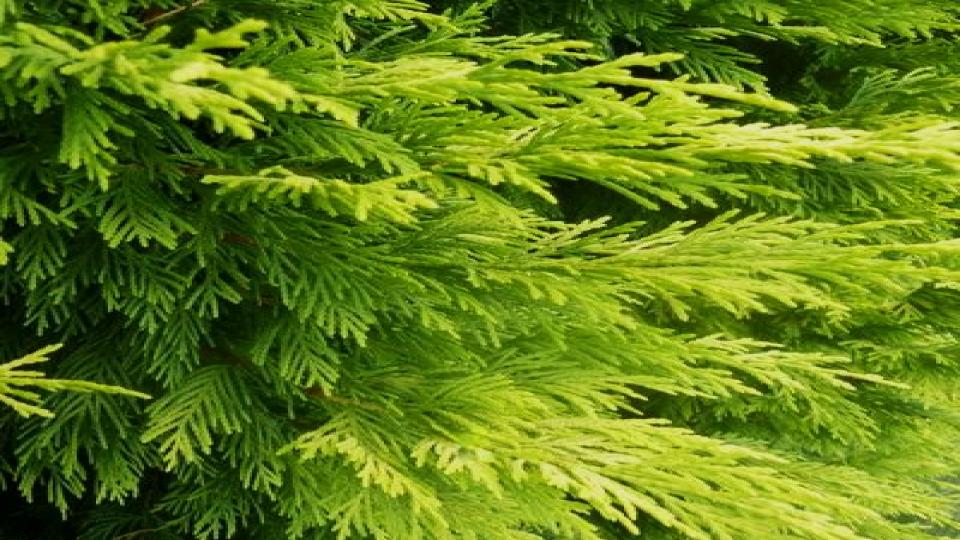
Known for its incredible speed, the Leyland Cypress can grow up to 4 feet per year. Its soft, grayish-green foliage creates a solid screen quickly, but be warned: it requires regular pruning to keep its size in check and can be susceptible to canker disease in some regions, according to experts at The Spruce.
- USDA Zones: 6-10
- Size: 60-70 ft. tall, 15-25 ft. wide
- Light: Full sun
Prunus laurocerasus ‘Schipkaensis’ (Skip Laurel)
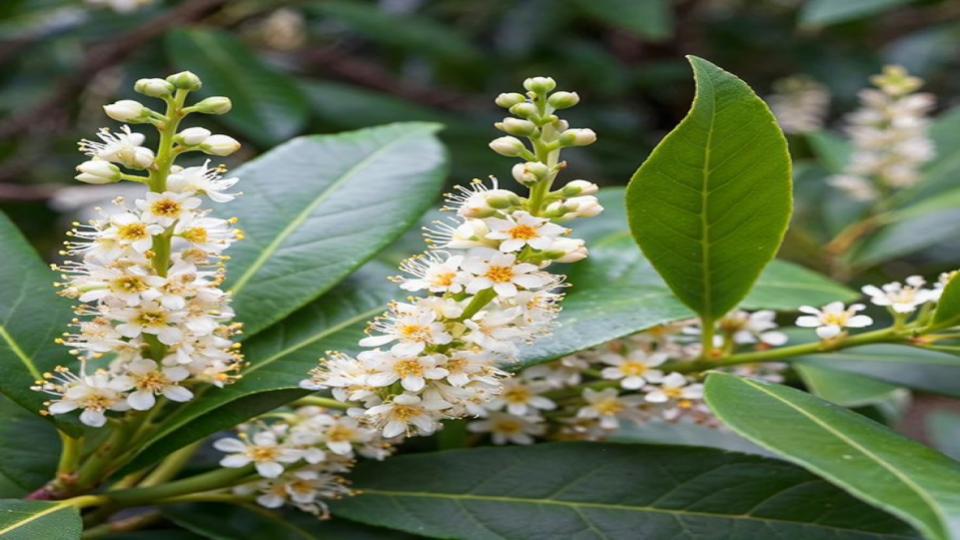
My personal go-to for a fast-growing, shade-tolerant evergreen hedge. Its glossy, dark green leaves provide a touch of elegance, and it grows a respectable 2-3 feet per year. It’s also quite drought-tolerant once established.
- USDA Zones: 5-9
- Size: 10-18 ft. tall, 5-7 ft. wide
- Light: Full sun to full shade
Ilex (Holly)
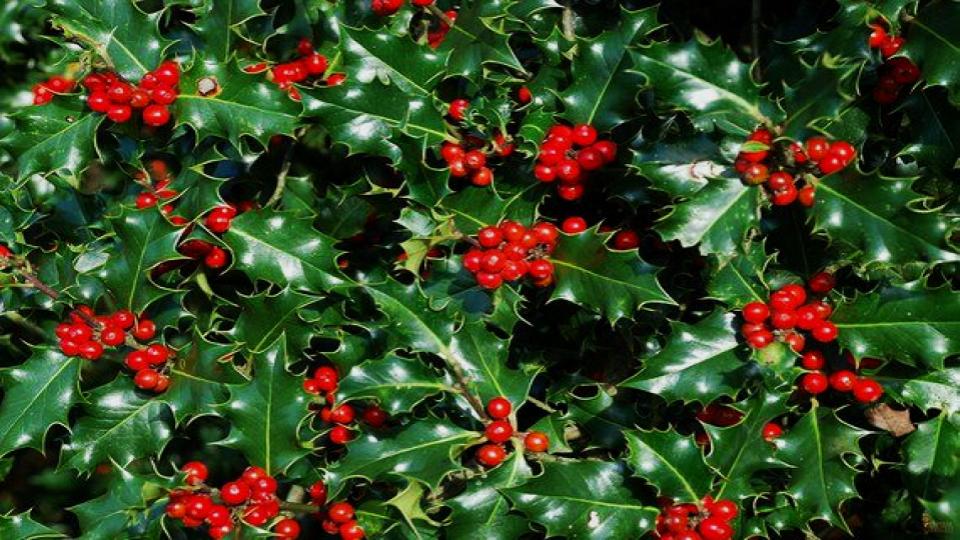
For a hedge with a security feature, you can’t beat holly. Varieties like ‘Nellie R. Stevens’ are fast growers (up to 3 feet per year) and their prickly leaves deter unwanted visitors. The bright red berries in winter are a stunning bonus.
- USDA Zones: 6-9 (for ‘Nellie R. Stevens’)
- Size: 15-25 ft. tall, 8-12 ft. wide
- Light: Full sun to partial shade
Viburnum awabuki ‘Chindo’ (Chindo Viburnum)
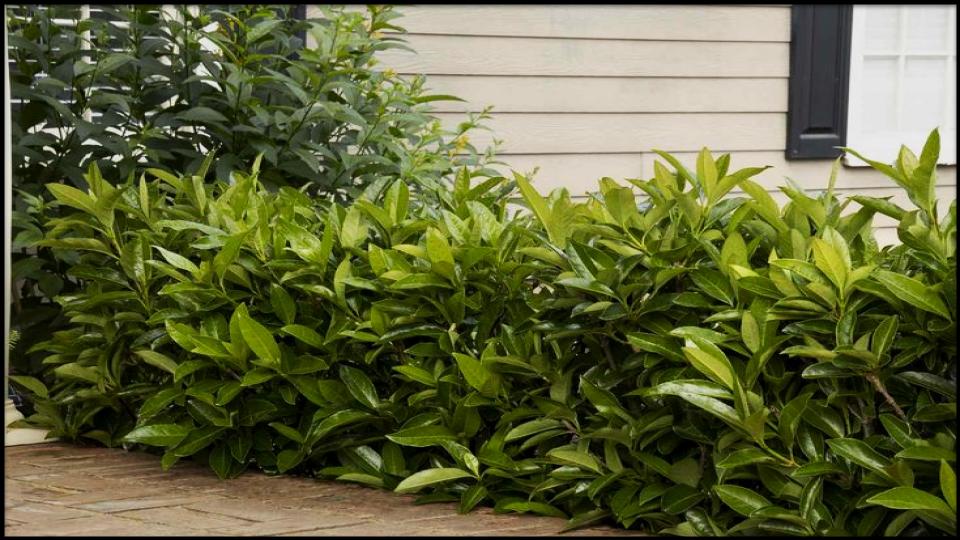
A fantastic choice for southern gardens, this viburnum features large, leathery, lustrous leaves. It grows at a steady clip of 1-2 feet per year and produces fragrant white flowers followed by red berries.
- USDA Zones: 7-10
- Size: 10-12 ft. tall, 6-8 ft. wide
- Light: Full sun to partial shade
Myrica cerifera (Wax Myrtle)
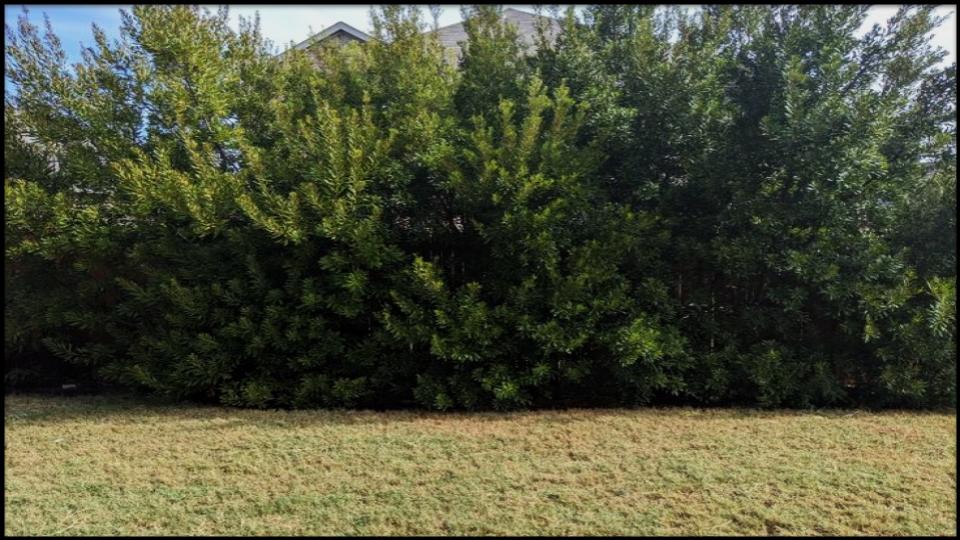
A wonderful native option for the Southeast, the Wax Myrtle is adaptable and fast-growing, often adding 3-5 feet in a single year. Its olive-green leaves are aromatic when crushed, and it tolerates a range of soils, including wet ones.
- USDA Zones: 7-11
- Size: 15-20 ft. tall and wide
- Light: Full sun to partial shade
Juniperus virginiana ‘Taylor’ (Taylor Juniper)
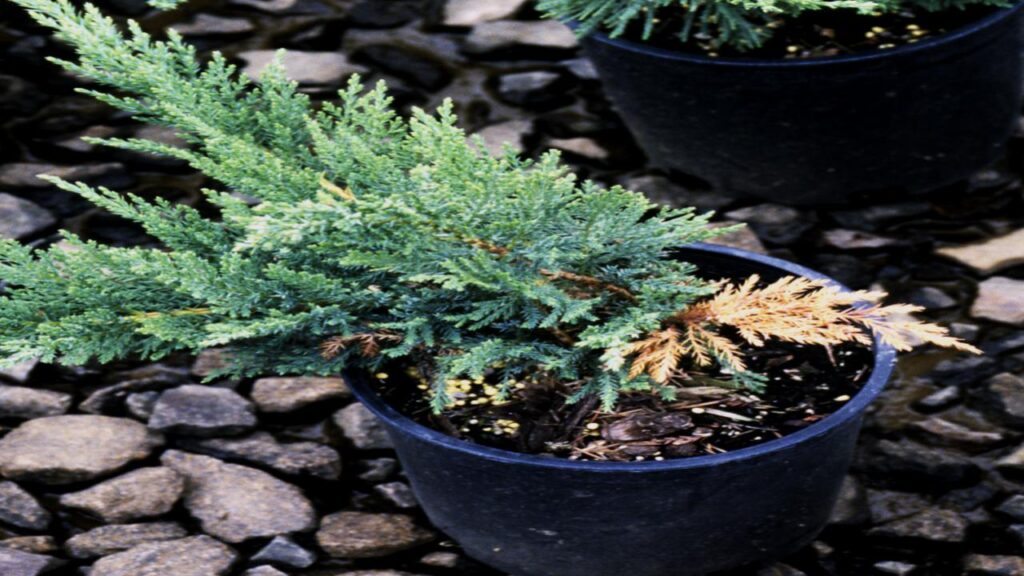
For those needing a very narrow, upright screen, ‘Taylor’ Juniper is an exceptional choice. It grows 1-2 feet per year but maintains a slender, columnar form, making it perfect for tight spaces.
- USDA Zones: 4-9
- Size: 15-20 ft. tall, 3-4 ft. wide
- Light: Full sun
The Deciduous and Flowering Favorites
Ligustrum (Privet)
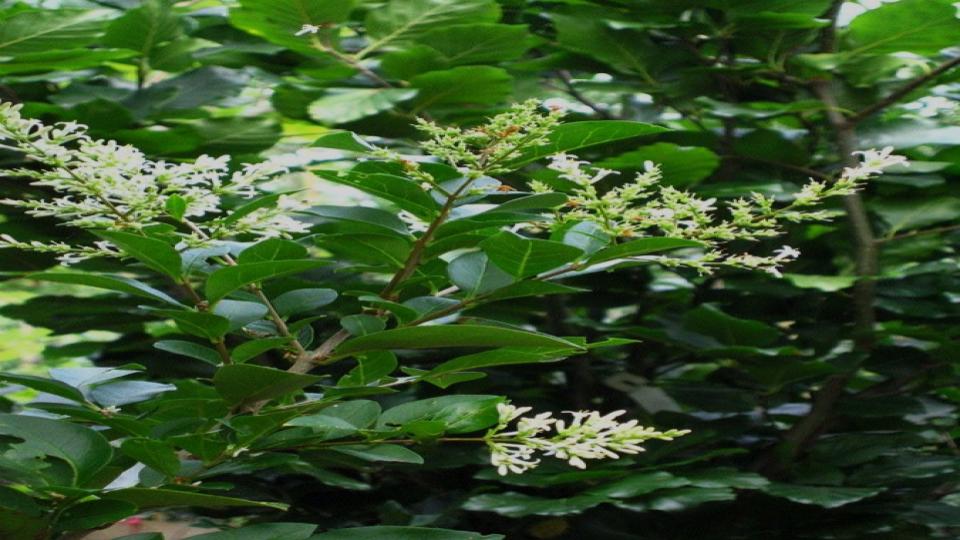
The classic hedge plant, Privet is a semi-evergreen that grows incredibly fast—often 2-3 feet per year. It takes to shearing beautifully, creating a very formal, dense wall. Note: Some species can be invasive in certain areas; check with your local extension service, like the NC State Extension, before planting.
- USDA Zones: 4-8 (varies by species)
- Size: 10-15 ft. tall, 10-15 ft. wide
- Light: Full sun to partial shade
Forsythia × intermedia
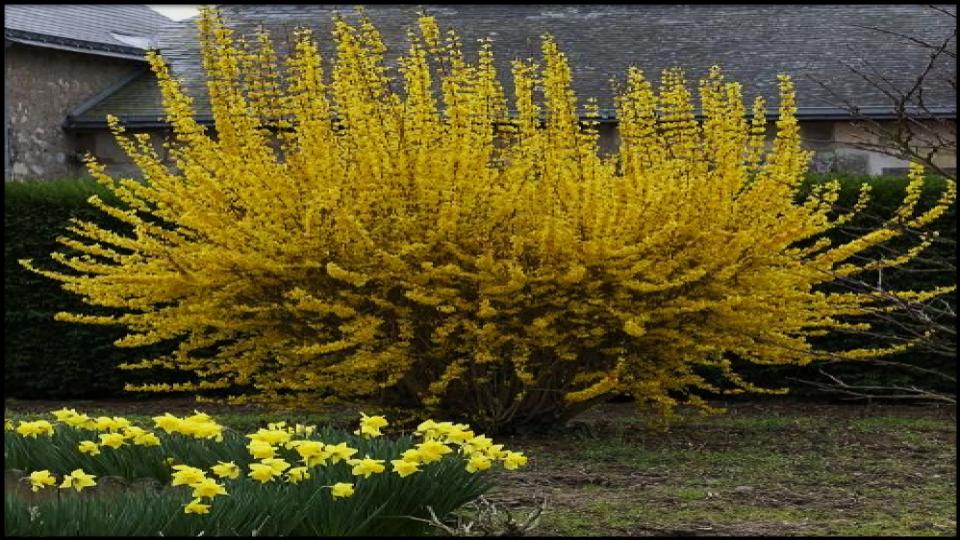
The absolute harbinger of spring! Forsythia explodes in a riot of brilliant yellow blooms on bare branches before its leaves emerge. It’s a rapid grower (2-3 feet per year) and creates a lovely, informal screen.
- USDA Zones: 5-8
- Size: 8-10 ft. tall, 10-12 ft. wide
- Light: Full sun
Salix integra ‘Hakuro Nishiki’ (Dappled Willow)
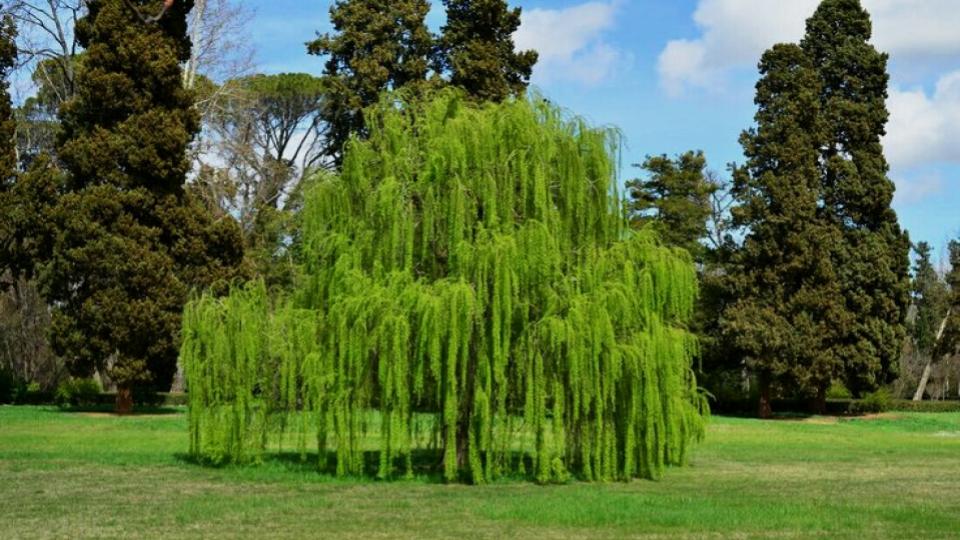
For a softer, more artistic screen, the Dappled Willow is a showstopper. Its new growth emerges in shades of pink and white, fading to a dappled green. It grows very quickly (3-5 feet per year) and loves moist soil.
- USDA Zones: 5-7
- Size: 15-20 ft. tall and wide (often pruned to a shrub form)
- Light: Full sun to partial shade
Hydrangea paniculata (Panicle Hydrangea)
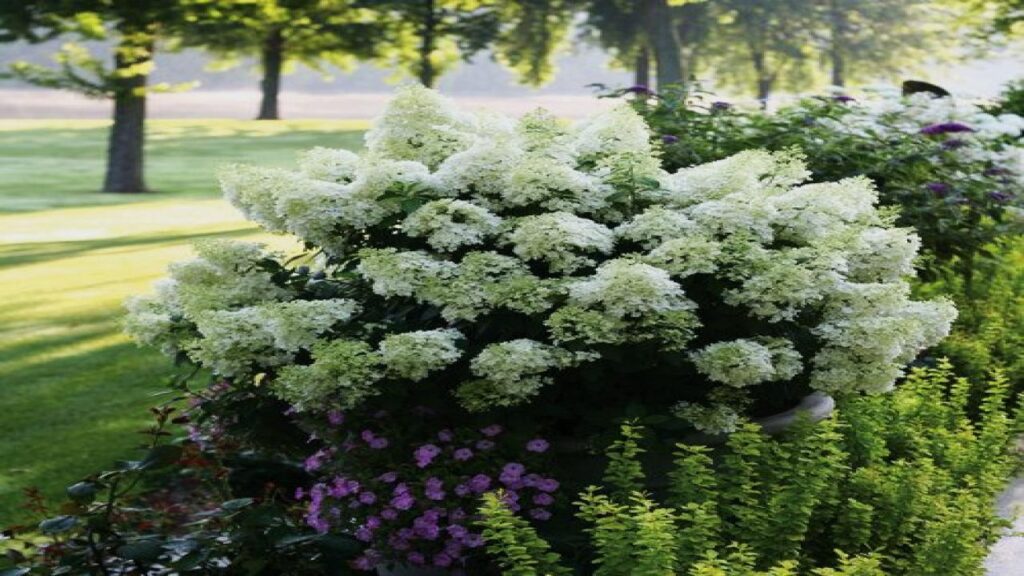
Varieties like ‘Limelight’ and ‘Quick Fire’ can be grown into tall hedges for privacy that offer magnificent summer and fall interest. They grow quickly (2-4 feet per year) and their large, cone-shaped flowers are breathtaking.
- USDA Zones: 3-9
- Size: 6-12 ft. tall and wide (varies by cultivar)
- Light: Full sun to partial shade
Cornus sericea (Red Twig Dogwood)
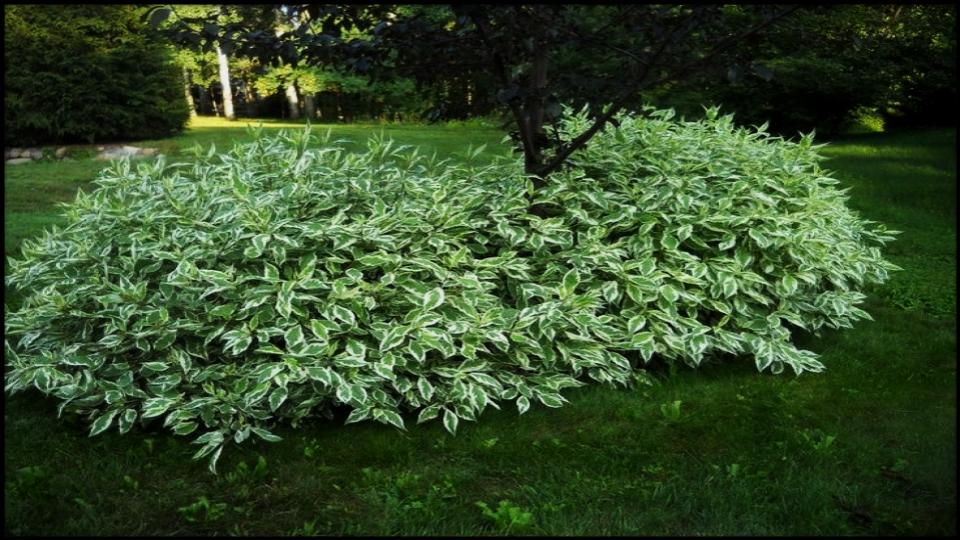
While it provides a good leafy screen in summer, the Red Twig Dogwood’s true value is its winter interest. After the leaves drop, its brilliant red stems provide stunning color against a snowy landscape. It’s a fast spreader, growing 2-3 feet per year.
- USDA Zones: 2-7
- Size: 7-9 ft. tall, 8-10 ft. wide
- Light: Full sun to partial shade
The Cautious Considerations
Clumping Bamboo (Fargesia species)
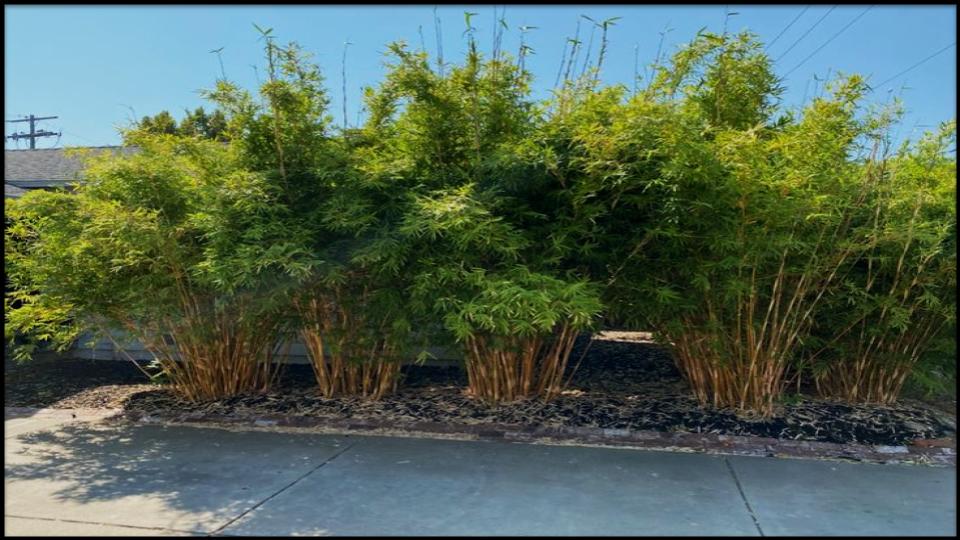
For a distinctly modern or Zen-like feel, nothing beats bamboo. It is critical, however, to choose a clumping variety (Fargesia) and not a running one. Clumping types expand slowly from the base and won’t send aggressive shoots into your neighbor’s yard. They can grow several feet in a year and provide an ethereal, rustling sound screen.
- USDA Zones: 5-9 (varies by species)
- Size: 10-15 ft. tall
- Light: Partial shade is often preferred.
Rosa rugosa (Rugosa Rose)

An unconventional but brilliant choice for an impenetrable barrier. This rose variety is tough, disease-resistant, and grows quickly to form a dense, thorny thicket about 6-8 feet tall. It produces fragrant flowers all summer long followed by large, attractive rose hips.
Planting and Nurturing Your Privacy Hedge
Bringing your living wall to life is a rewarding process. Follow these steps for the best results.
TOOLS AND MATERIALS BOX:
- Plants: Enough to span your desired length with proper spacing.
- Spade or Trenching Shovel: For digging.
- Tape Measure: Essential for correct spacing.
- Compost or Soil Conditioner: To enrich the soil.
- Soaker Hose: The most efficient way to water a new hedge.
- Mulch: To retain moisture and suppress weeds.]
end list
- Prepare the Site: Clear the area of all grass and weeds. For best results, dig a trench that is at least twice as wide as the plant’s root ball and just as deep.
- Amend the Soil: Mix a generous amount of compost into the soil you removed from the trench. A 2:1 ratio of native soil to compost is a good rule of thumb.
- Set and Space: Place your plants in the trench, using your tape measure to ensure they are spaced correctly according to their mature width. I always recommend turning the plant to put its “best face” forward.
- Backfill and Water: Fill the trench with the amended soil, gently tamping it down to remove air pockets. Create a small berm of soil around each plant to form a watering well. Water deeply, let it soak in, and water again.
- Mulch: Apply a 2-3 inch layer of mulch over the planting area, being careful not to pile it directly against the plant stems, as this can encourage rot.
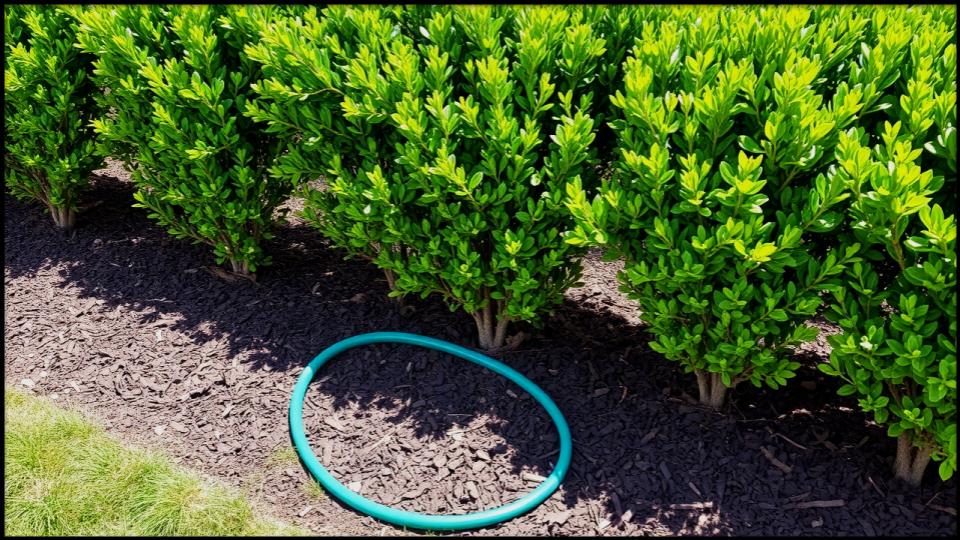
A Green Legacy of Privacy
Planting a hedge is an act of optimism and a gift to your future self. With a little planning and care, you can transform an exposed yard into a lush, private sanctuary. You’ll be creating a space not just of beauty, but of peace and solitude—a garden room walled with living green. Now that you’re equipped with the knowledge, you’re ready to select the perfect plants and begin the rewarding journey of growing your own beautiful, living screen.
Read More
The Easy Way to a Perfect Lawn: What to Know Before Choosing a Lawn Care Subscription
